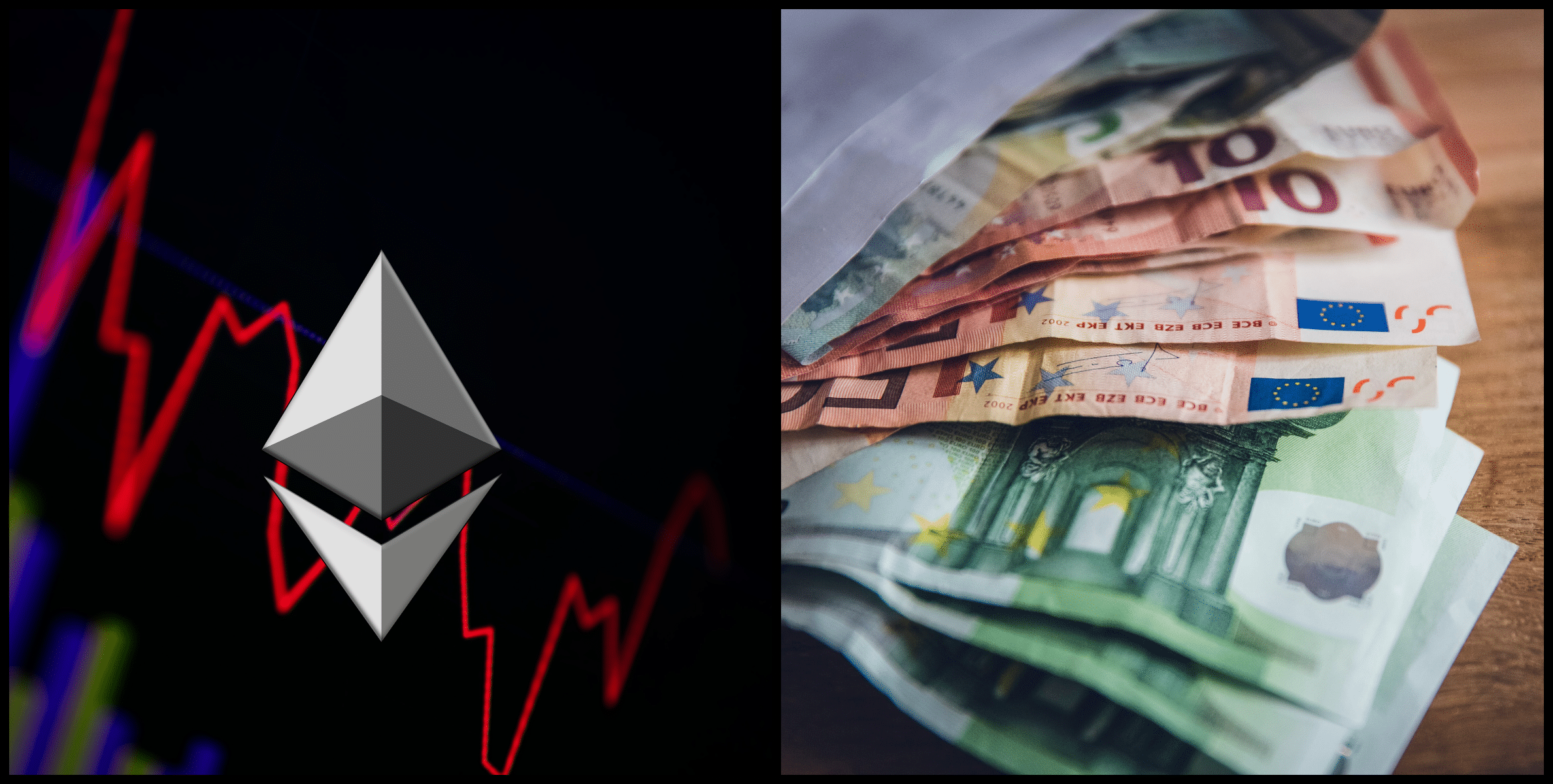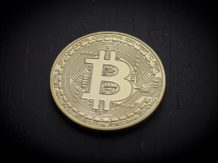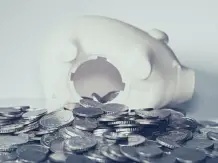The development of cryptocurrencies and the world around them gained momentum, especially during the past year, when we witnessed not only the emergence of many new projects, but also a major shift in the development of existing ones.
This progress was combined with the involvement of a huge number of institutions and large investors, which ultimately led to an increase in awareness of cryptocurrencies among the general public and a “bull run” during which the price of all major cryptocurrencies erupted.
However, cryptocurrencies are not just a store of value or a financial instrument that many people see as a quick profit. One, if not the largest of their possible uses, is the DeFi system, or the so-called decentralized finance, the creation of which can be dated before the creation of the platform Ethereum and cryptocurrency ether, which came on the market in 2015.
Financial system available to everyone
Decentralized finance are, in a simple definition, a system that covers the various financial applications available on a public and decentralized blockchain network. They draw their essence directly from the idea behind cryptocurrency bitcoin, which allows any subject to keep a history of transactions and is not controlled by any central source.
DeFi is thus available to everyone, regardless of nationality, income or other personal data, and they treat each person involved equally. Currently, DeFi relies heavily on blockchain technology and so-called smart contracts built on the Ethereum platform, which we will address in the article.
The current financial system is not catching up, behind the nice exterior are obsolete technologies
The main idea of DeFi is to streamline and democratize the global centralized financial system we are used to. The current financial system has undergone major external changes in recent decades, but its problem is that it is still built on old and inefficient foundations.
Even after the revolution brought about by credit cards, ATMs, computers, the Internet and the “algorithmization” of the banking system, which gives us access to our bank accounts, transfers or purchases of shares and ultimately cryptocurrencies from the comfort of home, the current financial system was for ordinary people. still too complicated.
This was partly changed by the advent of fintech companies and startups such as Paypal or Revolut, which took a technological approach to finance and provided users with the ability to perform transactions at a glance instantly and easily without the need to wait a few days for money transfers.
Behind this external, however, is still a relatively outdated financial system, which central banks are moving in a certain direction towards “more modern” tomorrows.
An example is deployment instant SEPA (Single Euro Payments Area) transactions in the EU, which from 1 February 2022 will allow Slovaks to credit money to the account of any recipient in the SEPA territory within 10 seconds, but also the advent of digital names, which in some way threatens the future of DeFi.
DON’T OVERLOOK
INTERVIEW: The digital euro has frightened Slovaks, but cash will not kill. “Cryptomenal paradises” will emerge around the world
Smart contracts, or what a transaction looks like without a bank
Smart contracts, or literally intelligent contracts, are currently one of the main building blocks of DeFi. These are tools that allow entities to automatically execute transactions under predetermined conditions without the need for a third party, or in this case a bank or other financial entity.
These “contracts” are stored directly in the blockchain network and their operation can be explained by a simple example of a vending machine, which was already described in 1993 by a well-known cryptographer. Nick Szabo.
In this case, the buyer puts 1 euro into the vending machine, which represents a certain, predefined entry or price of the selected beverage. The machine will register the entered euro and provide the buyer with the expected result, ie the chosen drink.
If the buyer puts less than 1 euro into the vending machine, the vending machine will not dispense the drink. This principle also works from the opposite side – if the buyer puts more than 1 euro into the vending machine, the vending machine will dispense a drink together with the difference between the amount and the price of the drink without the need for an intermediary to supervise the store.
Smart contracts currently operate mainly on the Ethereum platform, which was created in the beginning to create them. Through them, for example, a transaction can be arranged without the need for a third party, in which the sender sends 10 ethers to the recipient, who obtains them immediately via a smart contract, but he also guarantees that he cannot distribute cryptocurrencies by a certain date.
There are already a huge number of functional applications and projects that work with smart contracts.
Non-third party loans and interest in which billions are deposited
One of them is the platform MakerDAO, which was created in 2015 and allows users to deposit collateral (security) for example in the form of ether and thus obtain a loan in a stablecoine DAI, the value of which is pegged to the US dollar.
This token thus becomes tradable on stock exchanges, while it is not centralized, ie managed by one company, but is created by secured loans from clients, which is an advantage in DeFi over popular stablecoins such as Tether or USDC, which are managed by separate companies.
In addition to MakerDAO, well-known projects include Compound a Aave, which largely offer the possibility of borrowing and interest on cryptocurrencies.
The user can insert platform-supported cryptocurrencies and receive interest (fixed or variable) for them, while borrowing the cryptocurrency for a predetermined interest.
It is currently according to the portal DeFi Pulse Aave’s largest platform, where a total of almost $ 14 billion is “locked in”. By comparison, only about half a billion dollars were locked on the platform a year ago. More than $ 72 billion is currently locked in all DeFi projects.
At the same time, these platforms are fully decentralized and there is no third party in the middle of trading, which would create high transaction fees or slow down the transaction. All payments are made instantly, according to the network speed of the cryptocurrency.
 Read also
Read also
GREAT OVERVIEW: How to set up your own crypto-wallet and which is the safest?
Transparency comes first
Transparency is also a great advantage of decentralized finance over “traditional”, ie centralized, ones. Not only are all transactions visible on the blockchain and can be accessed by anyone, but trade volumes, outstanding loans or debts are also freely available, and these values cannot be manipulated at the same time.
Compared to the traditional system of centralized finance, interest rates are not set by a group of bankers “behind closed doors”, but are given algorithmically. This means that if the demand for loans and borrowings of cryptocurrencies increases, so will interest rates and vice versa.
However, transparency in DeFi is not only visible for loans, but also for trading platforms, for example. Let’s recall, for example, quite a bit the recent US stock market case of GameStop shares, which were significantly shortened at the beginning of the year (bet on the fall in the value of shares in the future, editors’ note) by hedge funds.
However, this was noticed by a group of retail investors on Reddit, which began buying shares with the prospect of subsequent forced purchases of shares by hedge funds, which pushed the price up. It didn’t take long for regulators to intervene, with several brokers, including the well-known Robinhood, suspending the company’s ability to buy shares, earning huge criticism from the general public.
Such a controversial step, although not necessarily a bad intention after all, would be on a decentralized stock exchange such as UniSwap was not possible because there is no authority with the ability to prohibit or change the trading conditions on this platform.
The other side and the risks to look out for
Even in DeFi, however, not everything is rosy, and the system of decentralized finances must be seen with a hint of skepticism in 2021, as well as several reminders of the risks involved.
The first, and perhaps the most important, are bugs and vulnerabilities in smart contracts, which still occur on those proven platforms and can affect their operation. This is one of the reasons why, in the case of loans or interest rates on cryptocurrencies, there are options for additional insurance of the deposit, which reduce this risk.
In addition, it is important to verify how decentralized a given project really is and whether it is not possible that the creators will one day decide to withdraw money and disappear, which is unfortunately the story of many DeFi projects. Among the “fresh” scams we can include, for example, the WhaleFarm project, the creators of which sold all their tokens only at the end of June and disappeared with more than two million dollars.
WhaleFarm Token is the most recent scam to pull the rug on investors. It’s estimated they stole over $2.3 million.
– Fully anonymous team
– Promised 7.2 million % in returns
– The token is now down -99.99%
– Twitter page deactivated
– Telegram group deleted pic.twitter.com/Ye6CZ9HgUt— CryptoWhale (@CryptoWhale) June 30, 2021
Risks to payment efficiency are also situations of network congestion or high transaction fees, which also plagued Ethereum in the first half of the year.
Regulators can also enter the environment
In addition, we need to think about regulators and central banks, which will undoubtedly not let DeFi “dominate” world finances. From the regulation of the DeFi platforms themselves, which will soon have to require comprehensive identity verification for loans, they may also embark on their own “centralized DeFi projects” in the future.
Decentralized finance is one of the youngest and most interesting areas of cryptocurrency, and the space in which it exists is still relatively underdeveloped and small. It is thus very likely that in the coming years we will see new and bigger changes in this sector, which will also define its direction in the future.
















